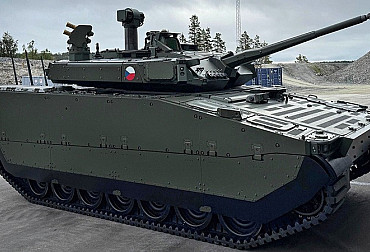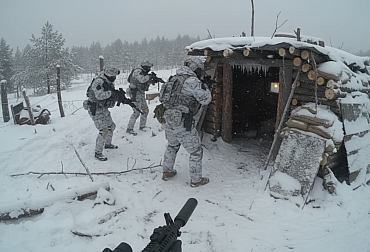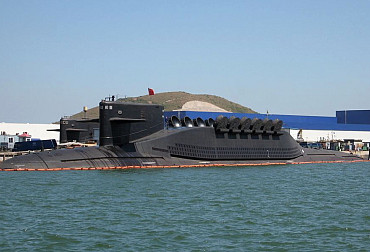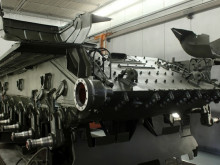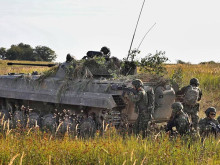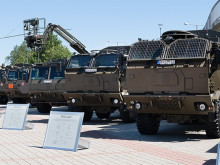The Army definitely needs tactical drone capability, and without much delay
The recent U-turn by the Czech Army and the Ministry of Defence on the purchase of tactical unmanned aerial systems (TUAS), or rather the pre-positioning of the purchase of two hundred small drones, has attracted some attention, where it is debatable whether the Ministry of Defence's argument regarding the experience of the war in Ukraine, which supposedly speaks in favour of small drones, is convincing enough. Lessons from the Ukrainian battlefield must of course be evaluated and one's own plans and approach adapted accordingly, but it should be noted that without large drones the planning and implementation of operations by the Ukrainian army would be difficult.
It is based on the lessons learned from the current Ukrainian battlefield that the army has decided to reorder its purchases of unmanned systems, first acquiring over 200 smaller drones instead of three medium tactical drones, ranging from small quadcopters to 20-kilogram long endurance assets. The originally planned medium tactical drones will be acquired afterwards.
Let us recall that the consumption of small drones on the Ukrainian front goes up to thousands per week, so their lifetime is very small, and compared to large drones, these are means of a different purpose. However, they are not mutually exclusive with tactical unmanned systems, but on the contrary, they complement each other, or work in parallel side by side.
The initial marketing study by the Ministry of Defence for a tactical unmanned system was completed after more than half a year of work in July last year, when the choice finally fell on the HERON 1 (MK II) type from the Israeli company IAI. This is the type that first flew in 2020, is deployed by several users around the world, including the domestic Israeli Defense Forces, and is one of the most reliable systems in its class.
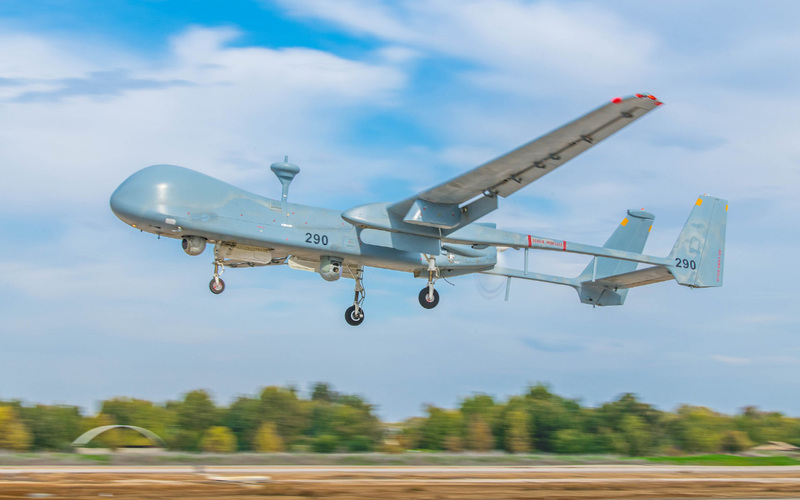 Picture: The Defense Ministry's original marketing study for a tactical unmanned system was completed after more than half a year of work last July, when the selection finally fell on the HERON 1 (MK II) type from Israeli company IAI (illustration photo) | Israel Aerospace Industries (IAI)
Picture: The Defense Ministry's original marketing study for a tactical unmanned system was completed after more than half a year of work last July, when the selection finally fell on the HERON 1 (MK II) type from Israeli company IAI (illustration photo) | Israel Aerospace Industries (IAI)
Over the course of ten months of negotiations with the Israeli Ministry of Defence and the manufacturer IAI, led not only by the Czech Ministry of Defence but also by local subcontracting companies (Retia and VTU), the exact configuration, architecture, additional equipment and pricing were defined. All parties involved invested time and resources in the process. At the time of the abrupt halt, these negotiations were practically 90% complete or entering their final phase. The demanding preparations for the specialised Czech configuration, including the required compliance with NATO systems and the relevant certification according to NATO and Czech standards, were suspended by the Czech Ministry of Defence on 22 May, the official reason being a change in priorities due to an assessment of the experience of the war in Ukraine.
It cannot be disputed that modern armed forces today cannot do without small drones. It is equally true that these are low-endurance systems that can be destroyed with small arms, and it is also likely that the announced intention to acquire two hundred small drones for the needs of the Czech Army is more of a pilot project and that acquisitions in this regard will continue. However, the question is why this project has replaced, even if only temporarily, an already ongoing acquisition of unmanned aerial vehicles in a completely different category, for a different purpose and with different parameters.
The large spy drones on the Ukrainian battlefield will last considerably longer than the small drones mentioned above, because they monitor the battlefield from a safe distance and gather information; or they operate against the enemy with cruise missiles. Capabilities in the fields of reconnaissance, patrolling and electronic warfare are partly supplied to the Ukrainians by the Americans. After all, that is also why the Russians damaged an American Reaper over the Black Sea in a subsequently publicized close flyby incident.
Representatives of the Czech Army certainly do not think that the Czech Armed Forces do not need large drones anymore, because they are unquestionably needed, especially as a means of strategic intelligence and information gathering about targets on the battlefield, which is exactly the role for which the chosen HERON 1 (MK II) type is designed. The Czech Army would thus gain long-range reconnaissance and surveillance capabilities using optical and electronic systems needed for any ground or air military operation. Incidentally, the importance of tactical UAVs was also confirmed by the Director of the Intelligence Security Section of the MoD, Brigadier General Roman Hytha, who said: "But it should be remembered that drones of the micro and mini category can never replace medium tactical drones and vice versa. They are different assets."
Without that capability, the military must rely solely on local information and data from allies. While small drones can supplement that capability in specific situations, they can never replace it. Small UAS are typically only equipped with optical systems to support close-in forces, which can only provide information of a local nature; thus, they are limited and certainly unable to provide the broad and contextual situational picture that an intelligent multisensor TUAS can generate.
The conflict in Ukraine clearly demonstrates that small tactical drones are used by manoeuvring forces at close range with the need to deploy them in large numbers as they can be easily shot down. Thus, many are needed for effective deployment while offering limited performance. Thus, there is a clear need for multi-purpose TUAS that can effectively conduct stand-alone missions that gather valuable intelligence that can be quickly analyzed and fed into C4I systems. Sophisticated TUAS equipped with self-protection capabilities could also be operated close to manoeuvring forces.
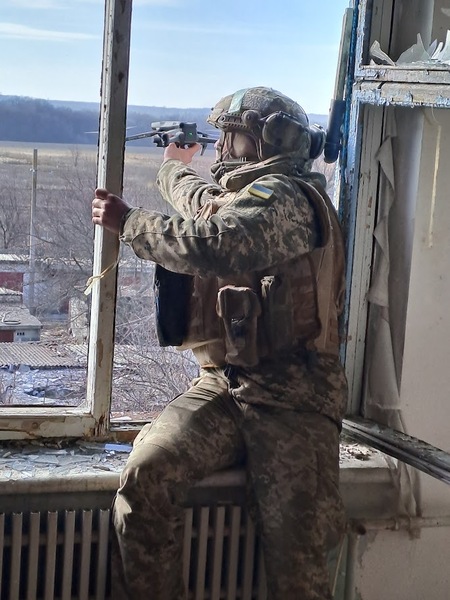
Picture: The conflict in Ukraine clearly shows that small tactical drones are used by manoeuvring forces at short range with the need to deploy them in large numbers (illustration photo) | Matyáš Zrno
As Defence Minister Jana Černochová has emphasised in her speeches on several occasions, military equipment and technology is currently "queued up" in view of the deteriorating security environment, so it would be logical to complete the acquisition process of tactical unmanned systems as soon as possible.
The process of indigenous localisation of systems is not straightforward, and if negotiations are not resumed in the foreseeable future, the Army would then have to redefine the parameters of the system providing the necessary capabilities in the field in the coming years, and the whole process would be repeated, including additional costs and time delays.
The press release published by the Ministry of Defence as part of its change in priorities says: "The funds saved on the purchase of medium tactical drones will thus be used to equip units at the tactical level. The cost will therefore be lower than the expected cost of three medium tactical drones."
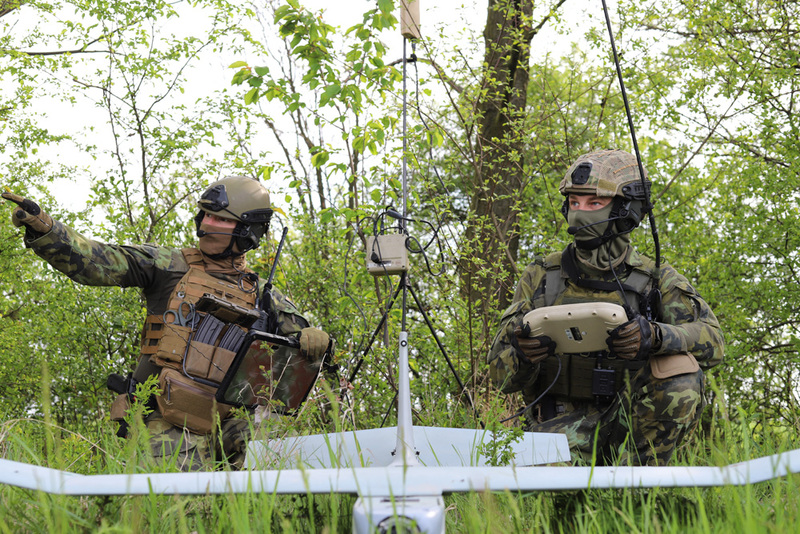 Picture: The Army wants to equip the 4th Rapid Deployment Brigade, the 7th Mechanized Brigade and the 43rd Airborne Regiment with smaller UAVs. | 533. prBS
Picture: The Army wants to equip the 4th Rapid Deployment Brigade, the 7th Mechanized Brigade and the 43rd Airborne Regiment with smaller UAVs. | 533. prBS
The press release then goes on to say, "The originally planned medium tactical drones will be acquired after the fact." However, the purchase in question should not be delayed. With current inflation, it can be expected that the longer one waits to acquire tactical drones, the final price will increase. A timely resumption of the acquisition process would allow the Czech Army to acquire important military and intelligence systems within a few years, otherwise there is a risk of acquiring this capability well beyond 2030.











